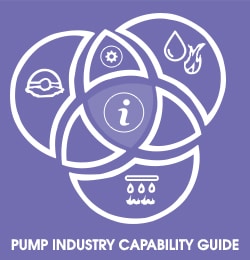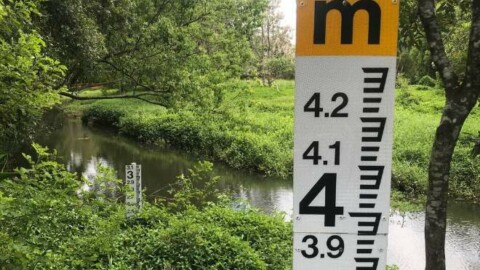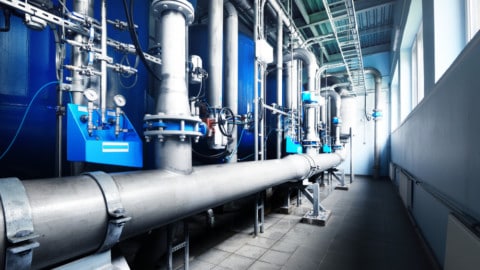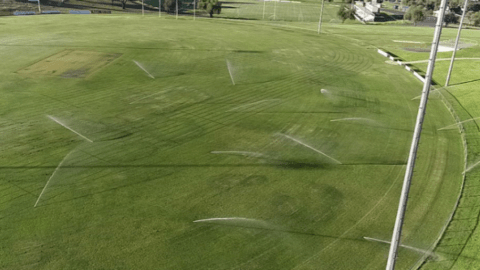Large areas of eastern Australia have been in drought for a long period of time, with some areas experiencing drought for up to seven years. This has resulted in dry conditions and surface water scarcity, and a higher dependence on groundwater resources.
On top of this, increasing diesel and electricity prices have put pressure on irrigated agricultural production. This has led to irrigators seeking other cost-effective options for pumping water to help them get through the drought.
Solar PV has become a popular option in agricultural applications due to its scalability, and it is a proven and widely used technology in Australia and around the globe. This, coupled with government rebates, has seen irrigators increasingly move towards solar as a more cost-effective alternative to traditional diesel and electric pumps.
According to Malcolm Eyre, Managing Director at Franklin Electric, solar pumps are becoming increasingly popular as they come in different types — including submersible which is ideal for drought affected areas where groundwater is relied upon — different integration configurations are possible, and they reduce power bills.
“While solar pumps have been expensive in the past, they have quickly become a viable option for most irrigators.
“Their key benefit is that solar pump systems can be sized to meet any scale of power demand, so the amount of water pumped is only limited to the number of solar PVs you have.
“They can also be integrated with mains electricity or diesel to create a hybrid solution to keep operations going even if there is limited sunlight, and they can be set up to only power part of an irrigation system if desired.”
Solar powered pumping
 Malcolm said that solar pump technology has come a long way since it was first introduced, and it is on the cutting edge of design and innovation. This means these pumps are optimised to provide the most water for the least amount of energy possible, so irrigators can pump more water with the available sunlight, making them extremely energy efficient.
Malcolm said that solar pump technology has come a long way since it was first introduced, and it is on the cutting edge of design and innovation. This means these pumps are optimised to provide the most water for the least amount of energy possible, so irrigators can pump more water with the available sunlight, making them extremely energy efficient.
“By utilising quality components, innovative thinking based on global market inputs, and technical expertise in groundwater pumping, Franklin Electric has developed the Fhoton SolarPAK, SubDrive SolarPAK, and larger engineered systems.
“These submersible solar pump systems are rugged and have a high-output, which make them ideal for harsh and remote environments.
“Because these systems are submersible they can be used in drought affected areas where groundwater needs to be pumped, as well as for a range of other applications such as livestock watering, rural water supply, irrigation systems, vineyards etc.
“These systems come in a variety of sizes to suit a range of applications and can be used in a hybrid system, where electricity or diesel help power irrigation systems when there is not enough light.”
As well as helping irrigators save on electricity costs, the solar pump systems from Franklin Electric also come with built-in diagnostic and protection features.
“The Fhoton SolarPAK’s built-in diagnostic and protection features help prevent surge, underload/dry run, overvoltage, locked pump, open circuit, short circuit, overheated controller, reverse polarity and deadhead. It also has a soft start feature to prevent waterhammer and increase system life.
“These help prevent damage to the pump and motor, which in turn provides cost savings in the future as less maintenance will be required.”
This partner content is brought to you by Franklin Water. For more information, visit www.franklinwater.com/au.



















